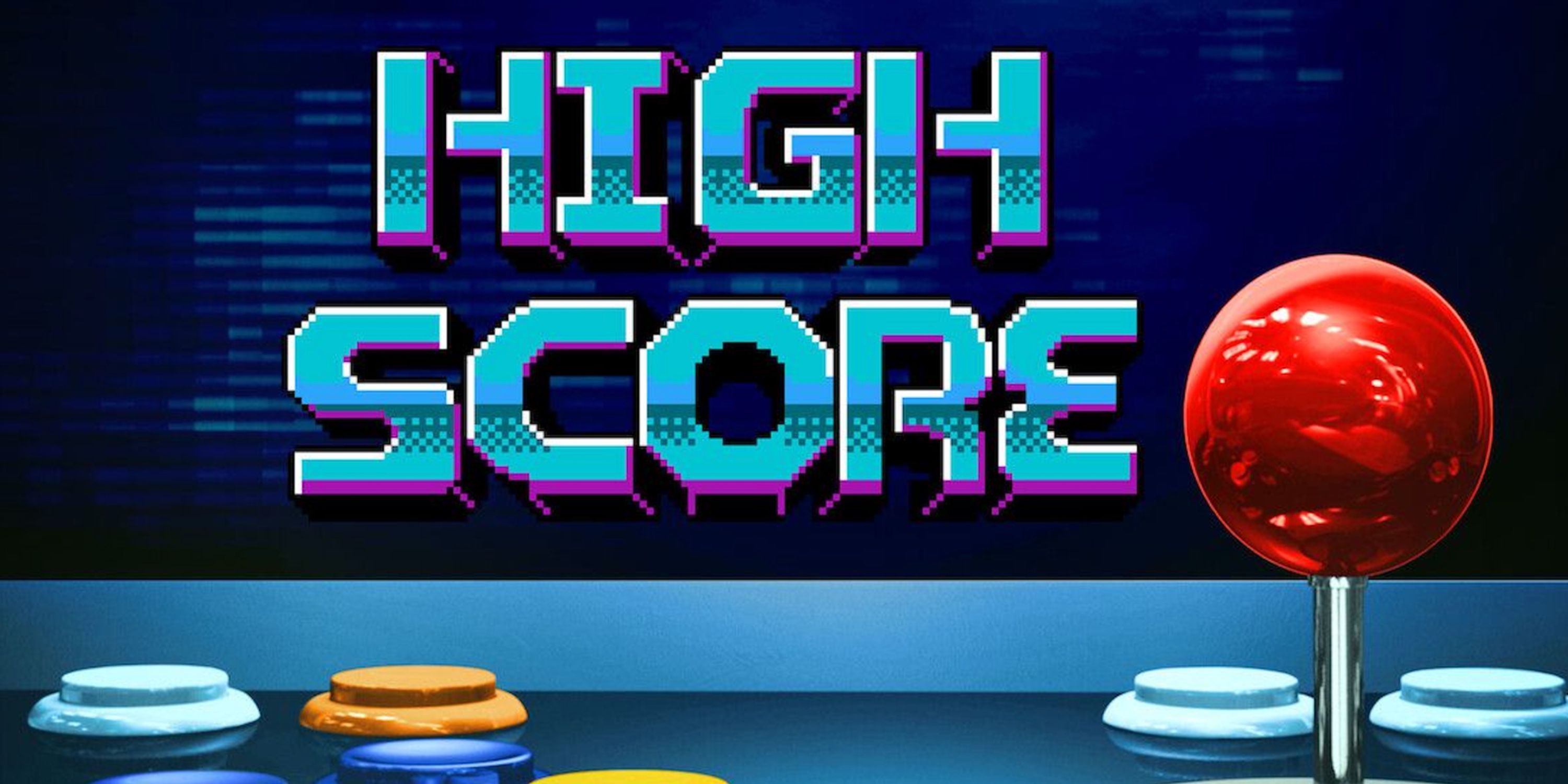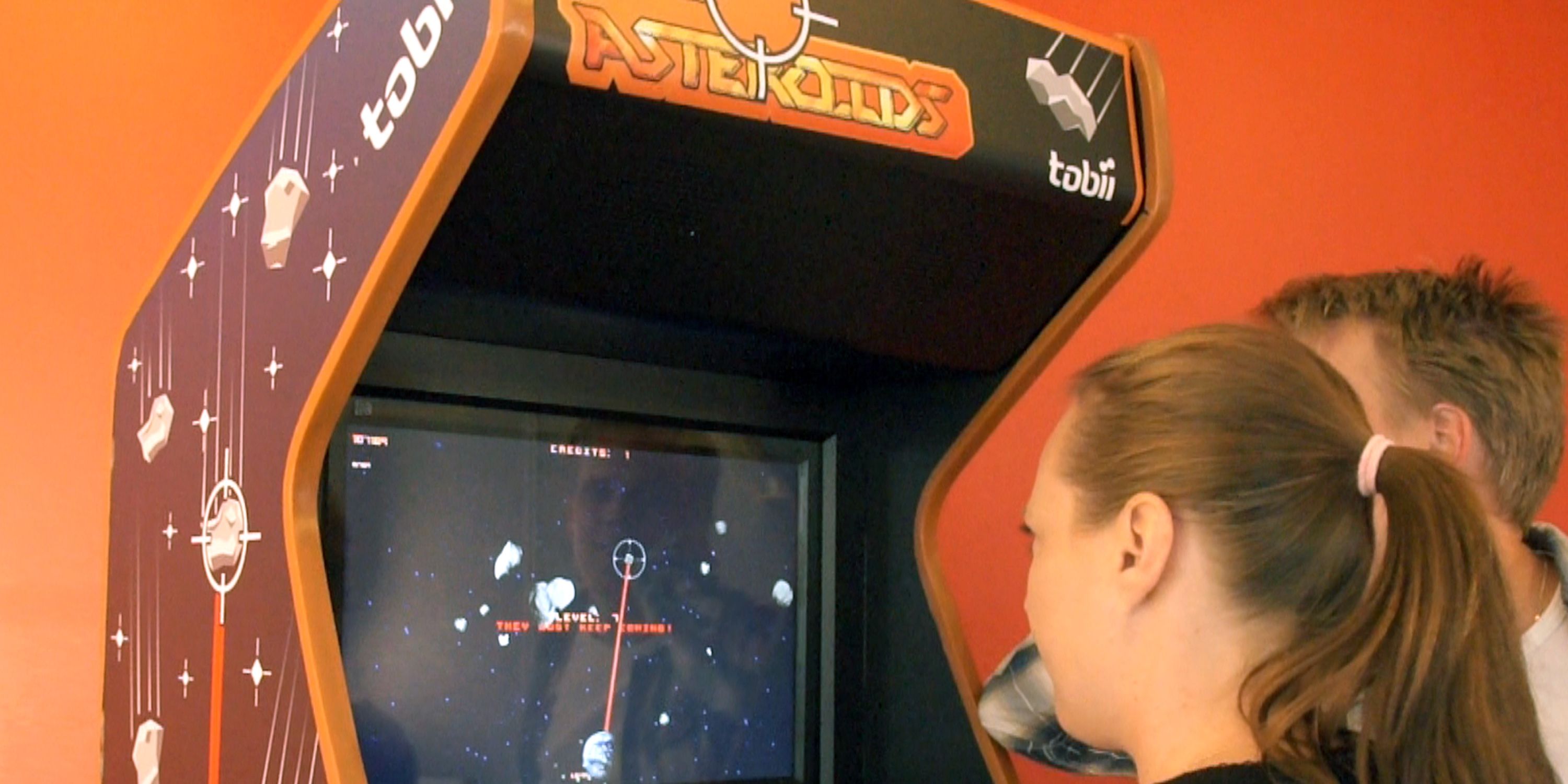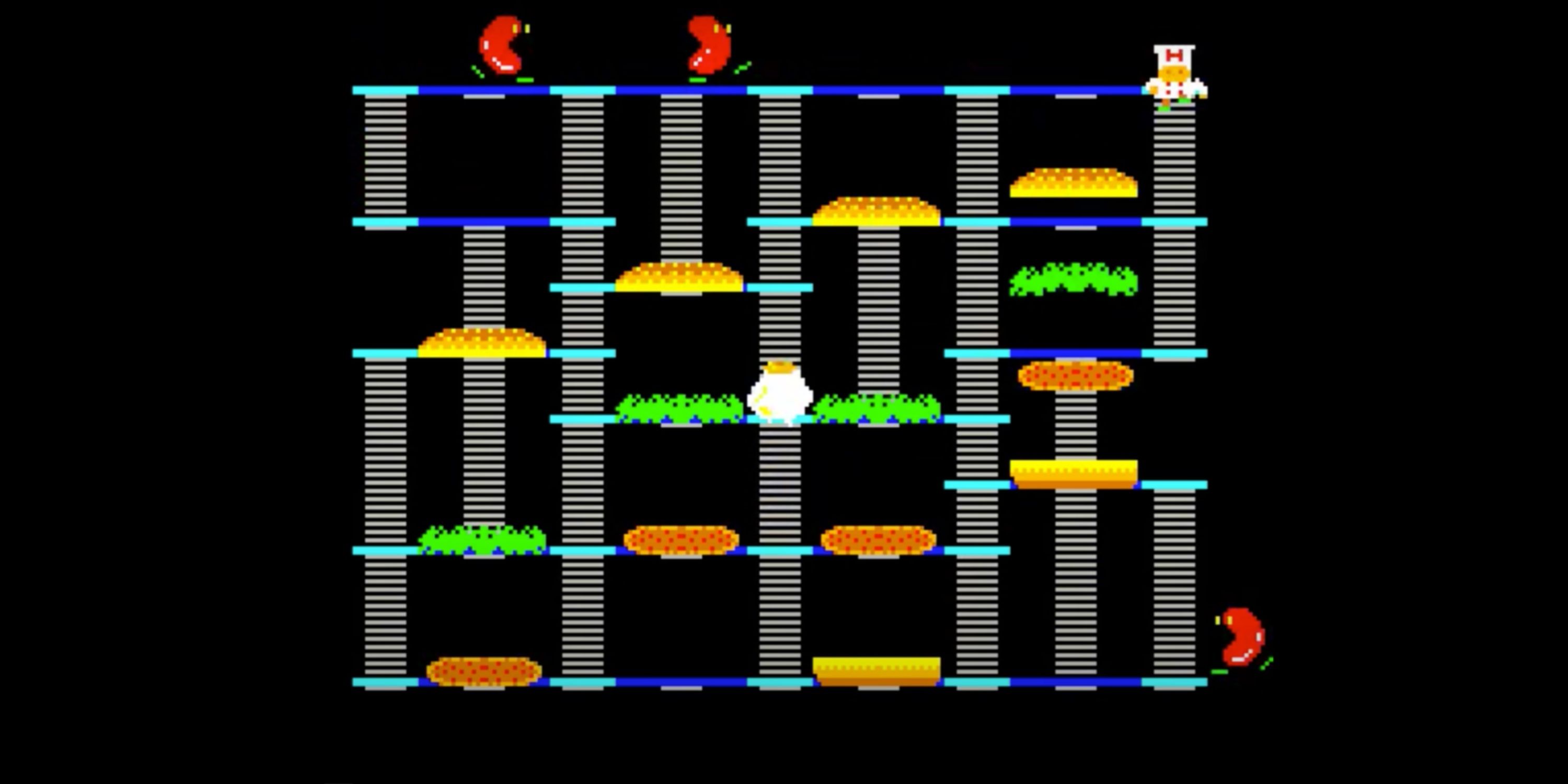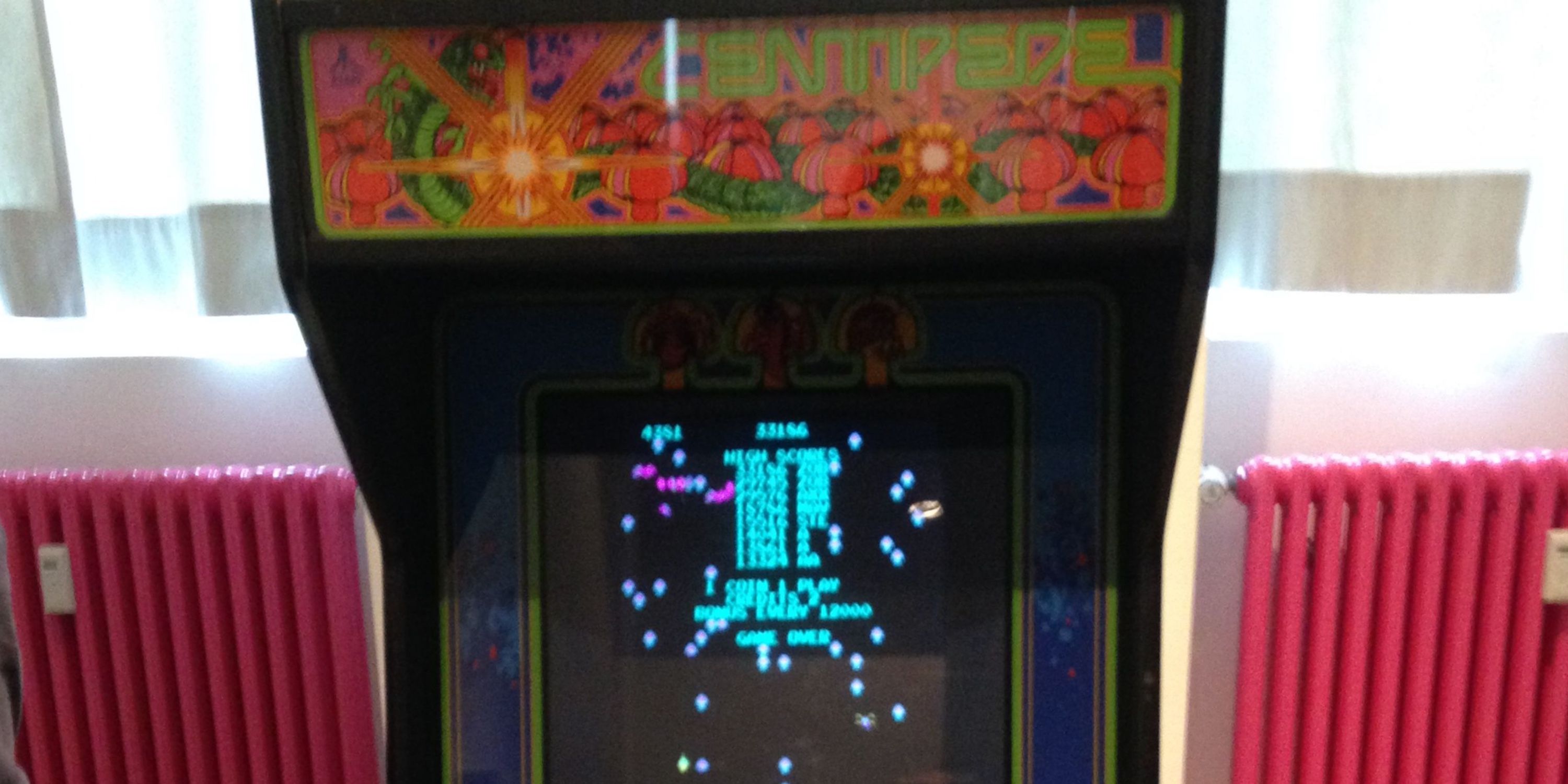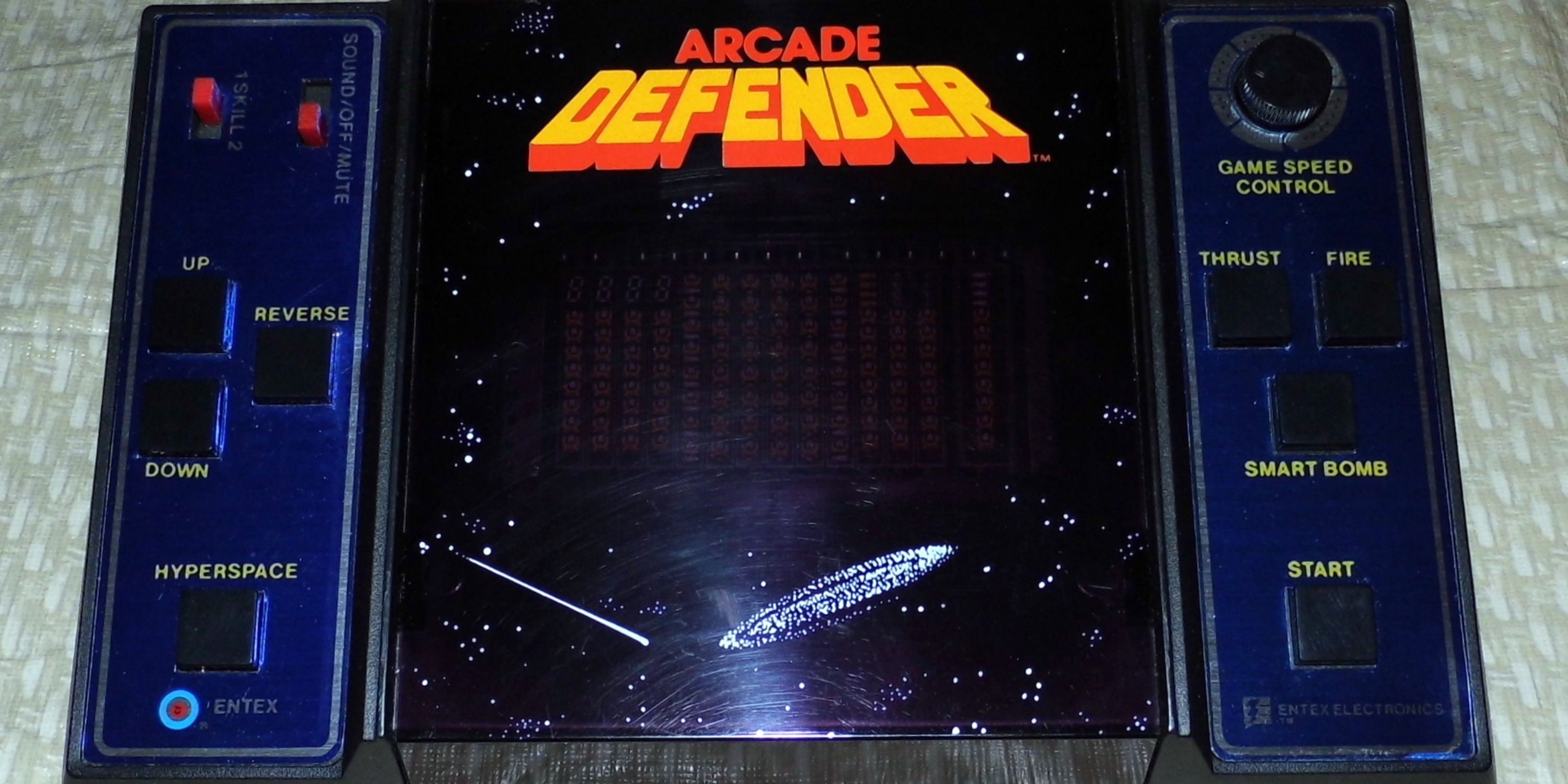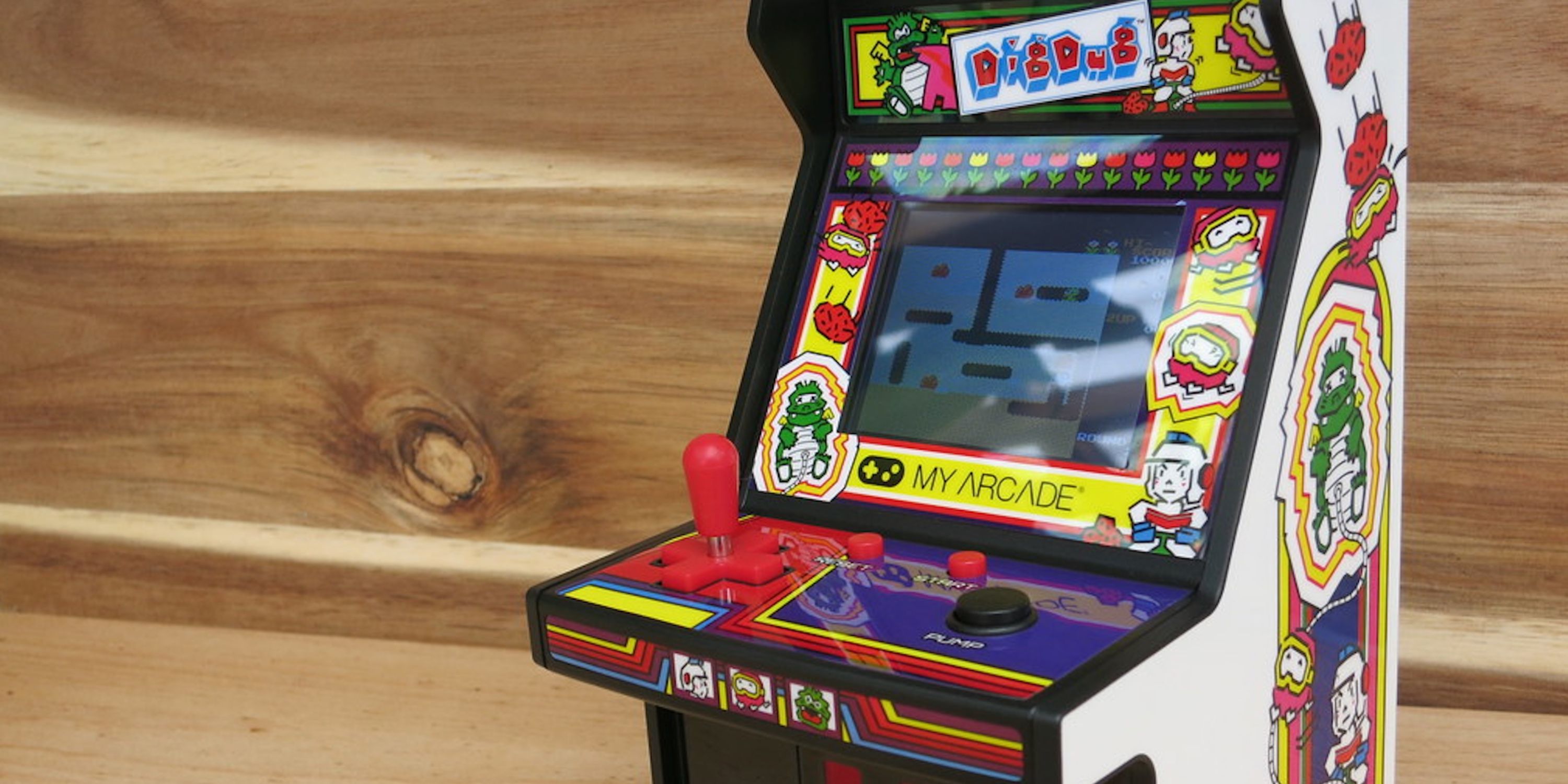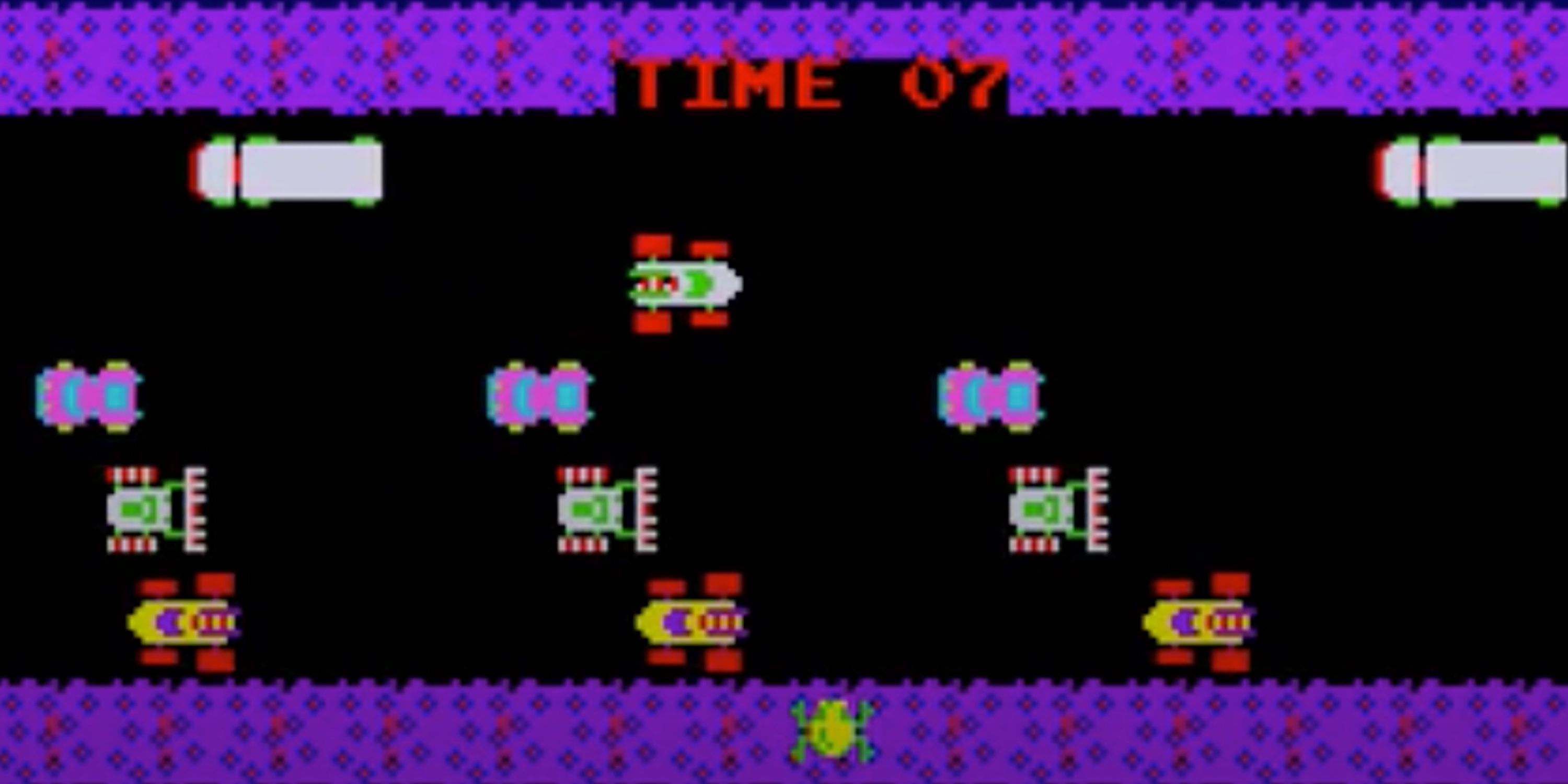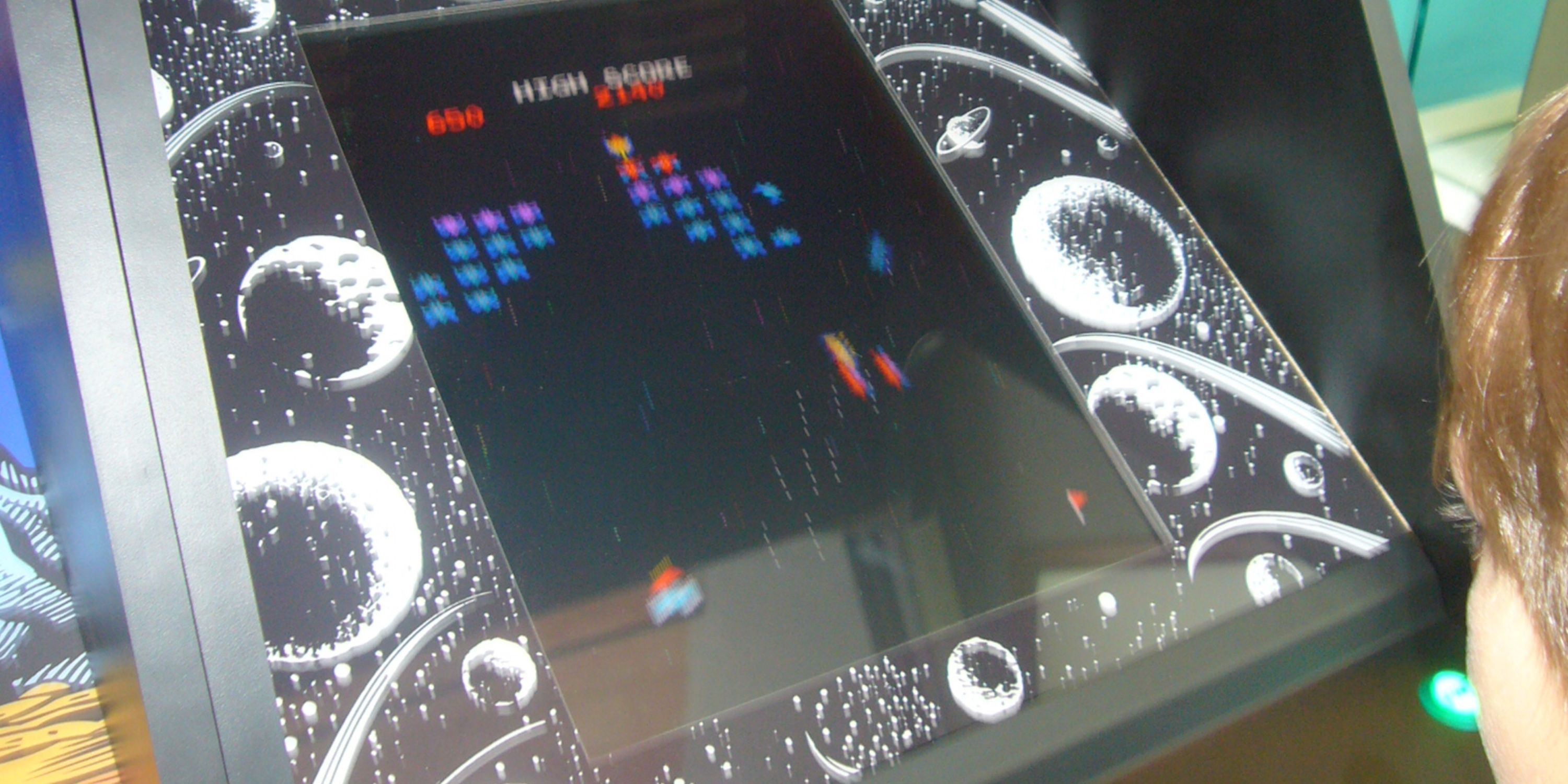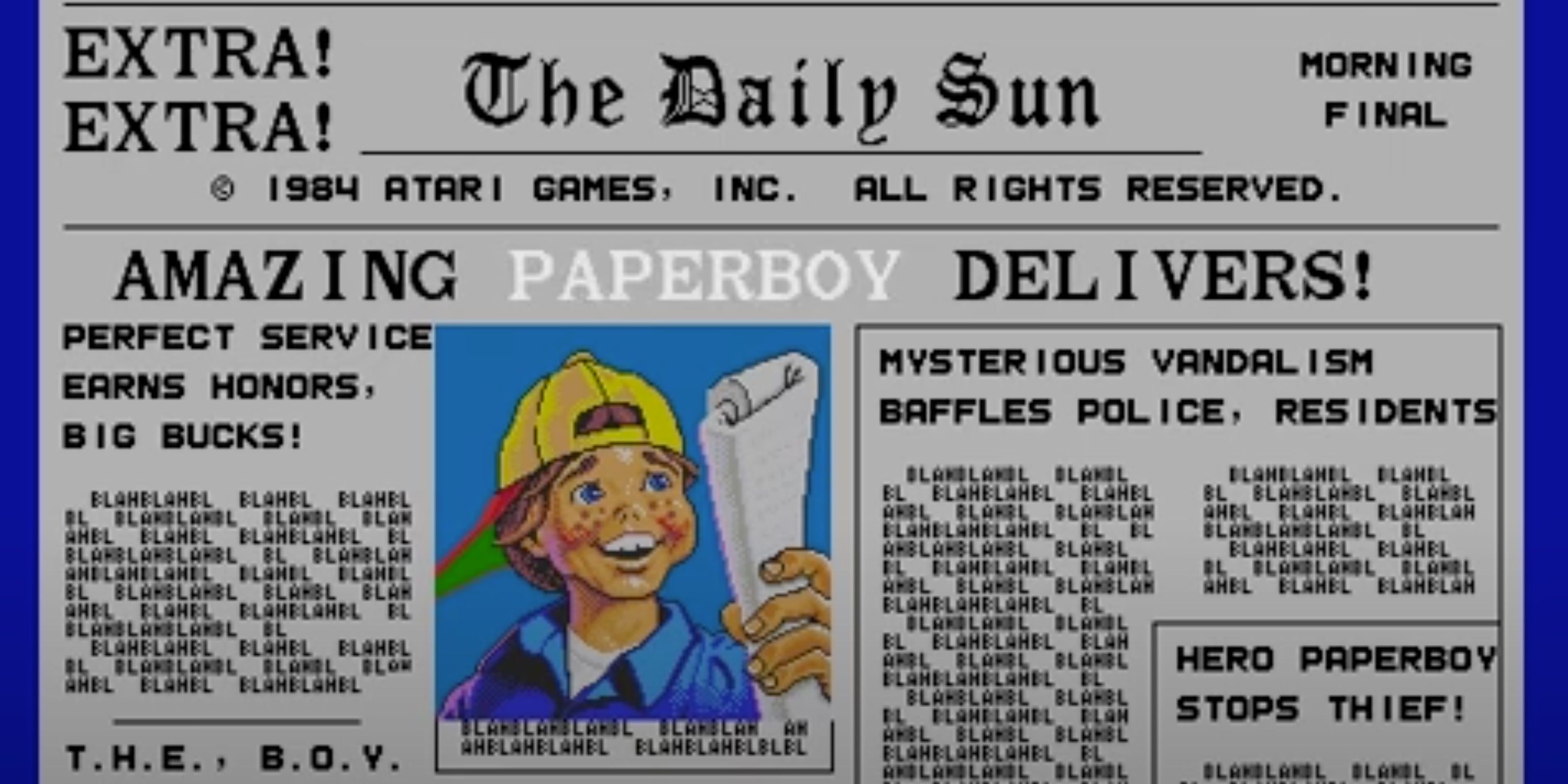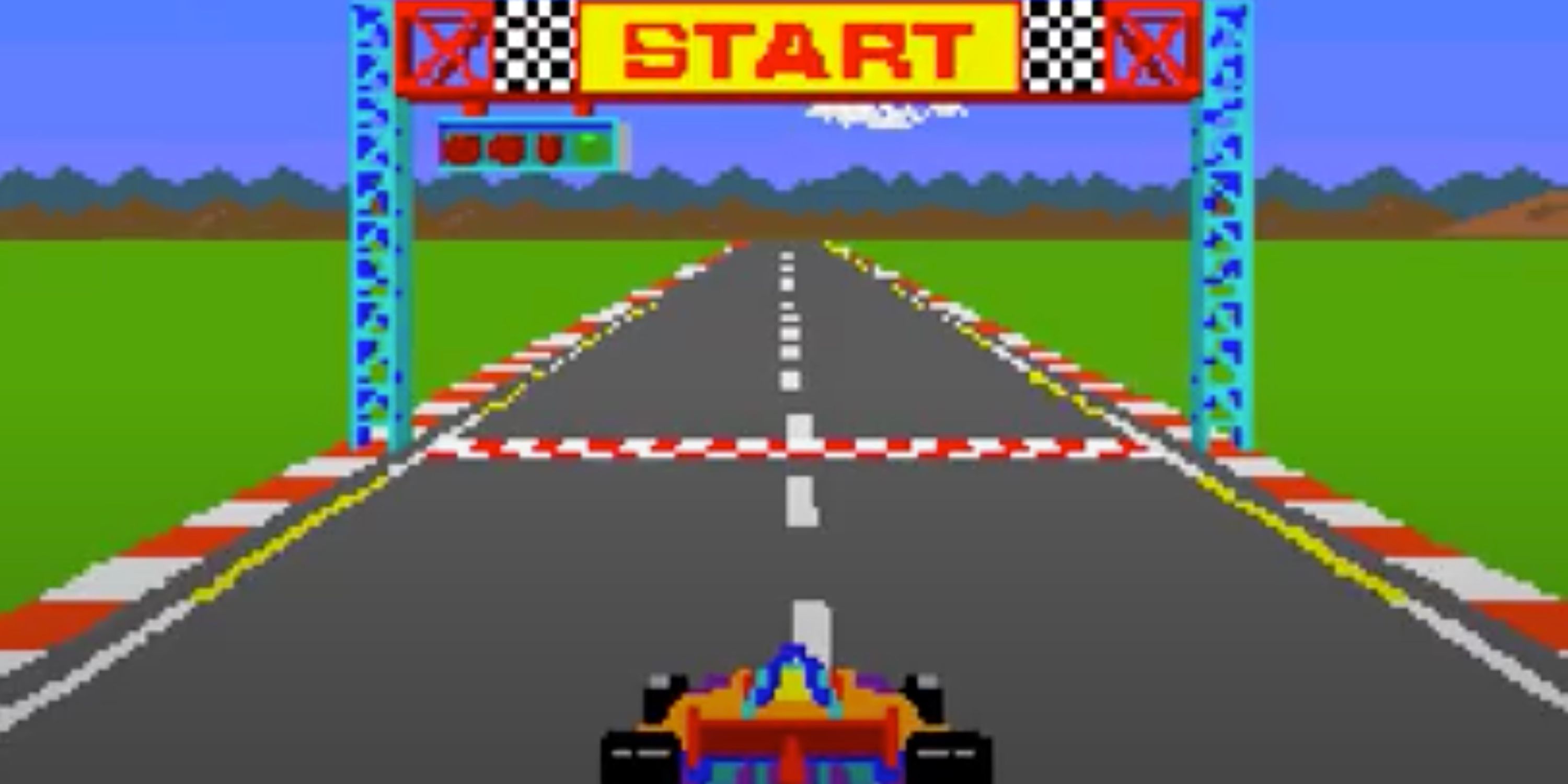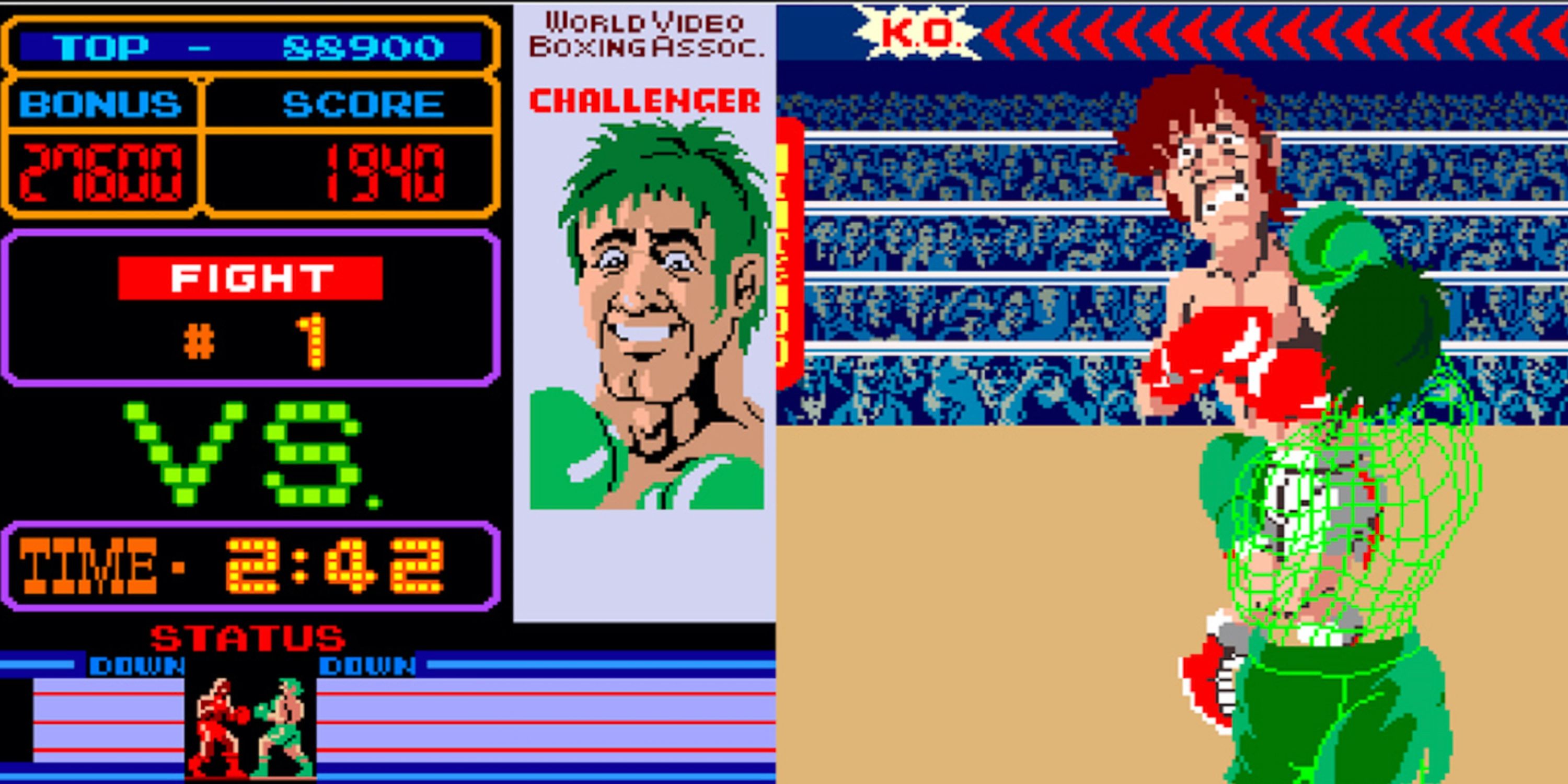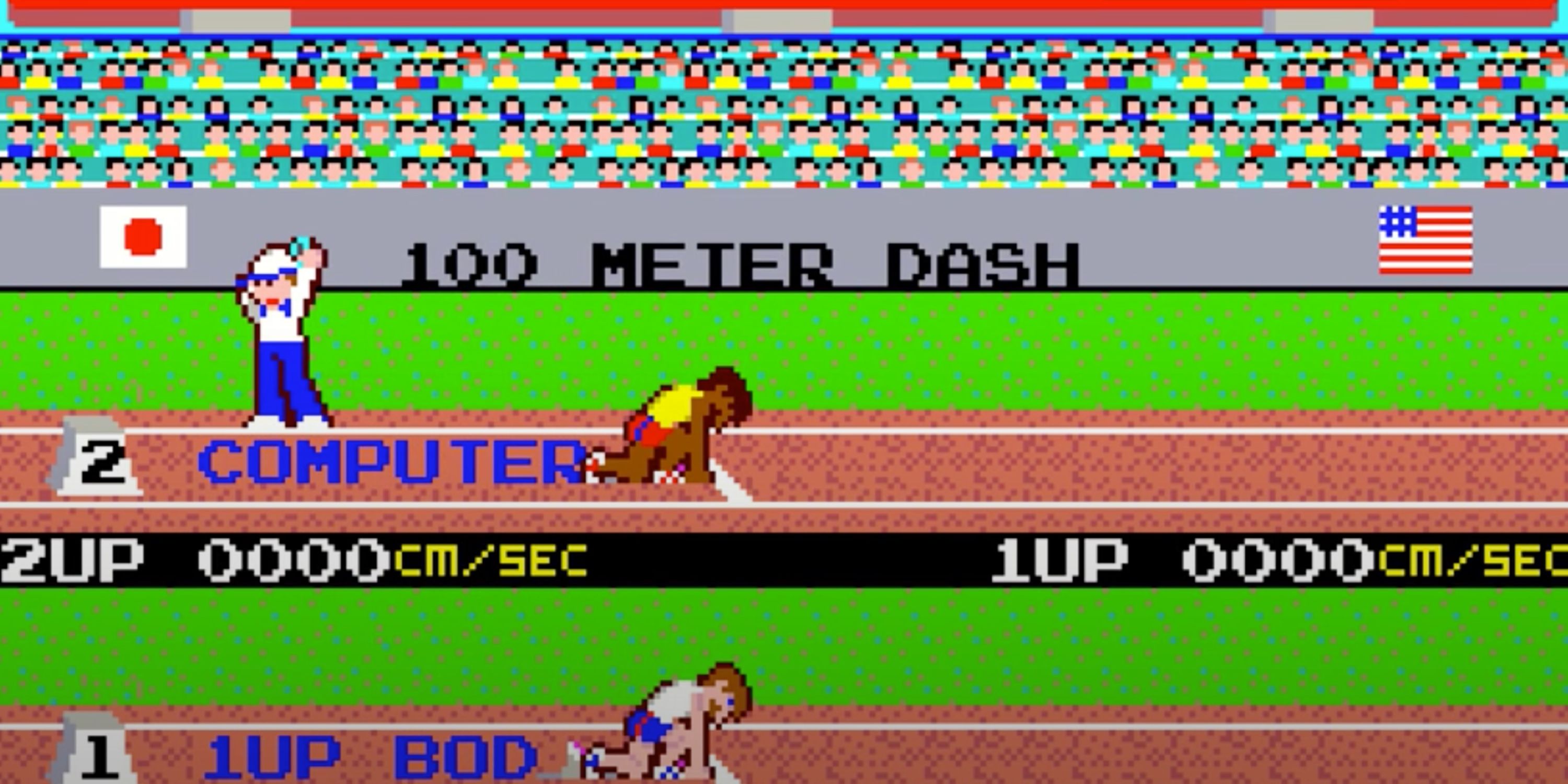High Score documents the golden age of gaming, and leaves out many notable arcade classics. Overall, though, France Costrel's six-episode series provides a complete look at the industry's evolution, with many of the biggest figures serving as talking heads. Narrated by Charles Martinet — the long-time voice actor for Nintendo's Mario — High Score released on August 19, 2020.
The first two episodes of High Score on Netflix primarily cover the golden age of arcade games. Space Invaders creator Tomohiro Nishikado discusses his creative process, and Becky Heineman recalls finding herself as an individual while becoming a national champion. High Score also references the 1990 Nintendo World Championships competition, along with the preceding legal issues that allowed the event to take place. The rest of the docuseries chronicles gaming concepts and the marketing competition between brands like Nintendo and Sega.
For gamers who grew up during the '70 and '80s, High Score will bring back nostalgic memories. The Netflix docuseries devotes time to classics like Pac-Man, Duck Hunt, Donkey Kong, and Tetris while complementing each sequence with backstories for each game. There are, however, many popular arcade games from the late '70s and early '80s that didn't make the final cut in High Score.
Asteroids
Released in 1979, Asteroids replaced Space Invaders as Atari's big hit. The player controls a mid-screen vessel and must shoot various asteroids that fly by. Big crafts turn into faster smaller crafts, and thus make the gameplay more difficult. The primary sound design focuses on the repetitive shooting, which makes the experience somewhat hypnotic; an ideal situation for the creators who wanted gamers to keep poppin' in quarters.
BurgerTime
In this 1982 game from Data East, the player controls Peter Pepper — yes, the same character from the movies Wreck-It Ralph and Pixels. The chef must navigate a burger tower while dropping down the appropriate ingredients and avoiding certain foods. There's a Pac-Man feel to the game, and the player receives helpful pepper shots that can be used to take out baddies like Mr. Hot Dog, Mr. Egg, and Mr. Pickle.
Centipede
The object of this 1980 Atari release is to destroy the titular object, with extra points being given for head shots. The player is called the Bug Blaster, and can move horizontally at the bottom of the screen while fending off fleas, spiders, and unicorns. Like Asteroids, the shooting blasts function as the primary sound design in Centipede, however there are also warning sounds to announce the incoming arrival of insect baddies. Centipedes drop straight down under the influence of mushrooms, and the player can gain new lives by accumulating a certain number of points.
Defender
Developed by Williams Electronics, this game originally released in 1981. The player must defeat an onslaught of aliens that attempt to abduct astronauts. The action takes place horizontally in Defender, with the titular defender being able to shoot laser beams, both left and right, while rapidly moving up and down like a proper UFO. In a clever twist, abducted humans morph into mutants, which is essentially the main obstacle to overcome through three lives. The sound design focuses on the defender blasts, and there's low-tone noise that plays when mutants are killed to reinforce the outerspace premise. There's also a navigation screen that can be used to detect incoming enemies.
Dig Dug
Released in 1982, Dig Dug's gameplay involves capturing vegetables while battling two primary enemies, Pooka and Fygar. The player can kill the monsters by smashing them with falling objects, or by simply blowing them up with a bike pump. The Namco game includes music that warns Dig Dig about faster-moving enemies, and the overall point is to defeat Pooka and Fygar while earning points for kill shots. It's a relatively simple game with bright colors and lively music that allows for an addictive and immersive game experience.
Frogger
In Frogger, the player has 30 seconds to get the focal frog character home. The first section includes passing cars and semis, and the upper half includes wildlife and passing logs. Released in 1981, Frogger has plenty of deadly obstacles to avoid, and points are accumulated through time efficient movements. The musical tone is light, and the main sound design involves the frog's repeated jumps to safety. Frogger appears in the films Wreck-It Ralph, Pixels, and Ralph Breaks the Internet.
Galaxian
Namco earned its first big hit in 1979 with Galaxian, a game about earth-invading aliens. The player controls a vessel at the bottom of the screen and shoots at crafts of different colors. Only one shot can be fired at a time, which means the player must either land direct hits or wait until their blasts reach the top of the screen. Galaxian was apparently a response to Space Invaders, and has a more organic feel with its motion, colors, and sound design. The player moves on by eliminating every enemy on screen, and can earn extra points by defeating the crafts known as Galaxian Flagship and Galboss.
Paperboy
Released by Atari 1985, Paperboy has a modern feel when compared to other games from its time. The player rides a bicycle in the street and must successfully throw newspapers to subscribers, all the while avoiding various obstacles. There's a Monday-Sunday premise, with points being earned for direct throws into mailboxes. Points are also lost for breaking windows. After each day, there's a service report that summarizes the player's activity, including the amount of people who cancelled their subscriptions.
Pole Position
In 1982, Namco released this popular game that became the go-to for racing fans. Visually, the imagery pops with a bold green landscape and blue sky, which theoretically helps the player focus on the road. Pole Position begins with low stakes, as racers go through a trial run before entering competition. The main objectives are simple, which makes it such a fun game whether it's played at the arcade or at home. However, mastering the various turns can be tricky, and players have been known to melt-down in real time after crashing.
Punch-Out!!
Not to be confused with the wildly-popular 1987 spinoff Mike Tyson's Punch Out!!, this 1983 game requires players to pay special attention to opponents' movements. The featured fighters include Glass Joe, a Frenchman who throws nothing but hooks, and Piston Hurricane, who is a little more difficult to predict. There's also Bald Bull, who charges after the green-haired player, and Mr. Sandman, who can be defeated by avoiding big uppercuts and timing out his movements. Punch-Out!! earned such a huge following because the gameplay is so incredibly challenging at first, and also because players may continuously improve by adapting their strategical approach, just like a real boxer.
Track & Field
Track & Field was released by Konami in 1983 and created hype for the 1984 Summer Olympics in Los Angeles. Whereas many sporting games call for controller finesse, this one involves finger athleticism — at least for the 100 meter dash. There are six Olympic events in total and up to four people can play, so Track & Field naturally became a huge arcade hit. It later became even more popular when a Nintendo version was released in 1992 to correlate with the Barcelona Summer Olympics.

